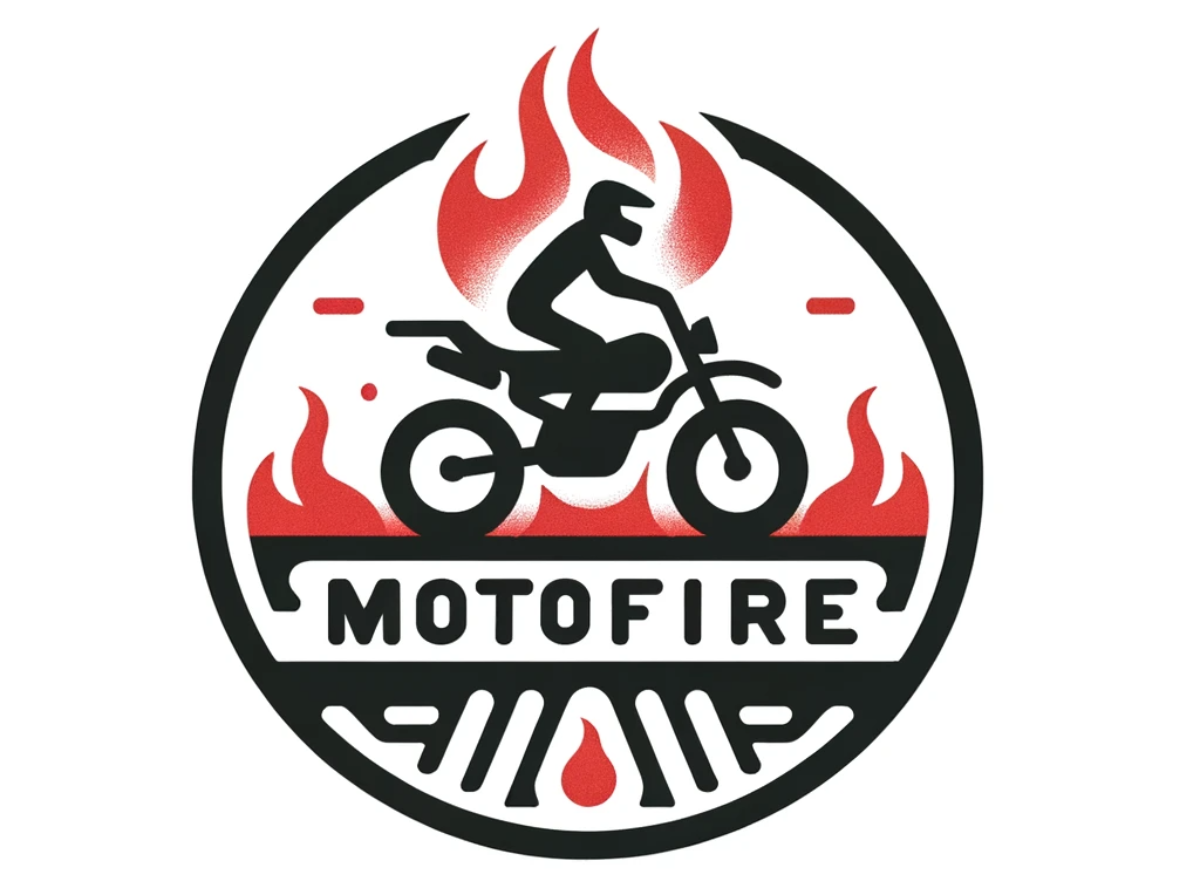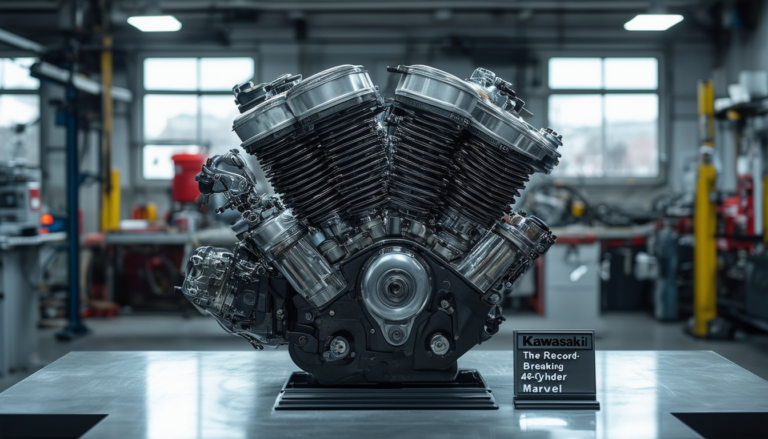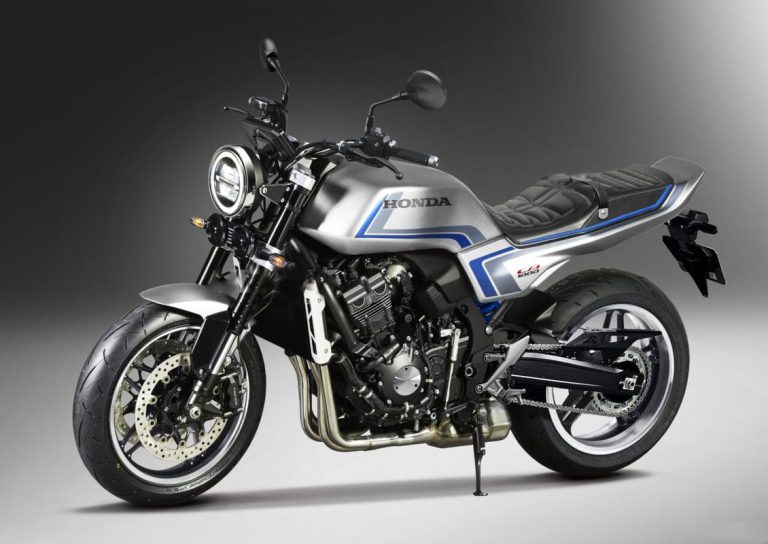Maximizing the Use of Affordable Motorcycle Tachometers
In the realm of off-road adventures, having the right tools can significantly enhance your riding experience. One essential tool that every motorcycle enthusiast should consider is the tachometer. These devices, which measure your engine’s RPM, play a crucial role in optimizing performance and ensuring smooth rides. Fortunately, there are a variety of affordable motorcycle tachometers available on the market today, making it easier for riders to keep track of their bike’s performance without breaking the bank. By maximizing the use of these instruments, you can elevate your biking experience and enjoy the thrill of the ride even more.
In the realm of motorcycle enthusiasts, tachometers play a vital role in monitoring engine performance. This article explores how you can maximize the use of affordable motorcycle tachometers to enhance your riding experience. We will discuss their importance, key features to look for, setup tips, and how they can improve your performance on and off the road.
Why Tachometers Matter
The primary function of a tachometer is to measure the engine’s RPM, making it an essential tool for anyone who wants to optimize their motorcycle’s performance. Knowing your RPM helps you make informed decisions while riding, such as when to shift gears, ensuring you maintain the engine in its optimal range. This knowledge is crucial for maximizing fuel efficiency, improving responsiveness, and prolonging the lifespan of your engine.
Moreover, with the rise of affordable tachometers available in the market, riders no longer need to spend a fortune to elevate their riding experience. Options exist that cater to various budgets without sacrificing essential functionality.
Key Features to Look For
When selecting an affordable motorcycle tachometer, certain features are vital to ensure you get the best possible performance:
Accuracy and Responsiveness
Choose a tachometer that provides accurate readings. A quality device should be able to respond quickly and maintain accuracy even at varying RPM levels. Look for models that claim compatibility with different engine setups as this versatility often indicates better performance.
Display Type
Consider the display type that suits your preferences. Analog displays offer a vintage touch and are straightforward to read, while digital displays often provide more information at a glance, such as engine temperature or voltage alongside the RPM readings.
Durability and Weather Resistance
Motorcycle rides can expose devices to harsh environments, so it’s essential to ensure that the tachometer can withstand weather conditions. Look for options with a weatherproof design to avoid malfunction during rainy or humid conditions.
Ease of Installation
Installation should be user-friendly, particularly for those who are not mechanically inclined. Look for tachometers that come with comprehensive instructions and all necessary mounting equipment. Some models even feature plug-and-play capabilities, simplifying the process significantly.
Setting Up Your Tachometer
Once you have selected your tachometer, it’s time to install it properly. Follow these steps to ensure optimal performance:
Connecting the Tachometer
Most tachometers will require a connection to the motorcycle’s ignition system or engine control unit (ECU). Always refer to the manufacturer’s instructions for proper wiring. Use high-quality connectors to ensure a secure and reliable connection to avoid any issues while riding.
Calibration
After installation, calibrate your tachometer. This step is vital to ensure accurate readings and typically involves matching the tachometer to the RPM output of the engine. Many affordable models offer a simple calibration process that can be completed in just a few minutes.
Testing and Adjustment
Take your motorcycle for a short ride following installation. Monitor the tachometer for accuracy and responsiveness. If the readings seem off, revisit the calibration settings and connections to ensure everything is functioning correctly.
Enhancing Performance through RPM Monitoring
Using your tachometer effectively can yield significant performance benefits. Here are several ways to make the most of your device:
Optimize Gear Shifting
Pay attention to the RPM readings while riding to identify the optimal gear-shifting points for your specific motorcycle. Shifting at the right RPM can lead to smoother rides and increased acceleration.
Improve Fuel Efficiency
By monitoring the engine’s RPM, you can maintain a steady speed without over-revving the engine. This practice helps in conserving fuel and reduces strain on your motorcycle, all while being conscious of your riding style.
Track Performance Over Time
Use the tachometer readings as part of your maintenance routine. Monitoring changes in RPM over time can be indicative of engine health and performance. If you notice significant deviations, it may be time for an inspection or tune-up.
Understanding your motorcycle’s performance is crucial for any riding enthusiast. Affordable motorcycle tachometers serve as valuable tools for tracking engine RPM, helping riders to optimize their performance and shift effectively. Here are some practical tips and strategies to enhance your experience with these budget-friendly devices.
Select the Right Tachometer
When choosing an affordable tachometer, consider its compatibility with your engine type. Some tachometers are designed for specific configurations, such as single-cylinder or multi-cylinder engines. Ensure that the tachometer you select can handle the maximum RPM of your motorcycle to get accurate readings.
Installation Tips
Proper installation is key to maximizing the effectiveness of your tachometer. Follow the manufacturer’s instructions carefully, and make sure to connect the tachometer to the correct ignition source. A solid electrical connection is essential for accurate RPM readings, so use high-quality wires and connectors to avoid any interference.
Calibrating Your Tachometer
Once installed, it’s crucial to calibrate your tachometer to ensure accuracy. Consult the user manual for calibration instructions. This typically involves revving the engine at a known RPM while adjusting the tachometer reading. Regular checks can help maintain its accuracy over time.
Understanding RPM Readings
Learn to interpret your RPM readings effectively. Knowing when to shift gears is vital for maintaining engine health and improving fuel efficiency. Generally, most motorcycles perform best when shifted around 4,000 to 6,000 RPM, but this can vary based on your specific bike configuration.
Integrating with a Dashboard
If you’re feeling adventurous, consider integrating your tachometer into a custom dashboard. This can enhance the aesthetic and usability of your motorcycle’s cockpit. Incorporate other instruments like speedometers or fuel gauges to have complete control over your bike’s performance at a glance.
Regular Maintenance
Just like your motorcycle, your tachometer needs regular upkeep. Check connections, and clean the unit from dirt and grime. Periodically verify its accuracy by comparing it against other measuring devices. A well-maintained tachometer will provide reliable readings for years to come.
Utilizing Additional Features
Many affordable tachometers come with additional features such as shift lights or max RPM memory. Explore these options to enhance your riding experience further. Shift lights can alert you when it’s time to change gears, providing a more intuitive riding experience, especially during performance rides.





